world?? Yes, you read that right.
Chickens are not only the oldest domesticated animal on Earth, they’re also the animal that has been most crucial to the spread of civilization across the globe, according to science writer Andrew Lawler, author of Why Did the Chicken Cross the World? The Epic Saga of the Bird that Powers Civilization.
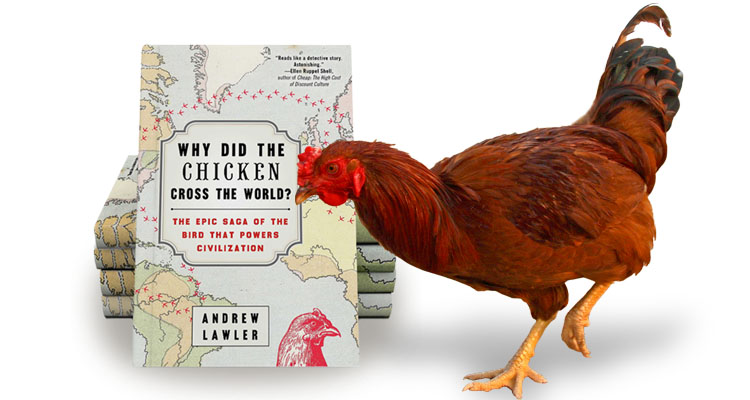
The humble chicken … “Queen Victoria was obsessed with it. Socrates’ last words were about it. Charles Darwin and Louis Pasteur made their scientific breakthroughs using it. Catholic popes, African shamans, Chinese philosophers, and Muslim mystics praised it. Throughout the history of civilization, humans have embraced it in every form imaginable—as a messenger of the gods, powerful sex symbol, gambling aid, emblem of resurrection, all-purpose medicine, handy research tool, inspiration for bravery, epitome of evil, and, of course, as the star of the world’s most famous joke,” says Lawler.
In Why Did the Chicken Cross the World (Atria Books, December 2014, $20), Lawler takes us on an adventure from prehistory to the modern era with a fascinating account of the partnership between human and chicken (the most successful of all cross-species relationships).
We know that we love our backyard feathered friends (not to mention that they’re now humanity’s single most important source of protein), but did you know about a recent discovery in Montana that links the chicken to an unlikely ancestor … the T. rex? And did you know that there are more chickens alive today than cats, dogs, pigs, cows, and rats—combined? Or that they inhabit every continent on the Earth except for one, where they’re banned? You’ll learn this and much, much more in Lawler’s fascinating book. “The planet’s most populous and edible bird really does open a window on civilization, evolution, capitalism, and ethics. (Reading about it is lots of fun, too.)” says New York Magazine.
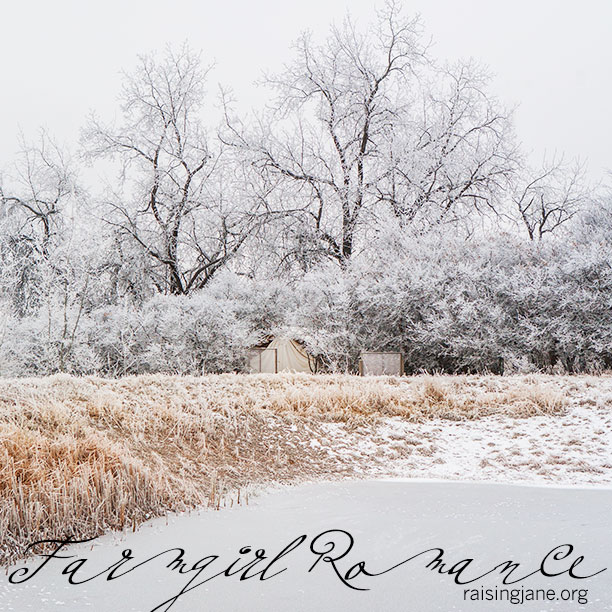















































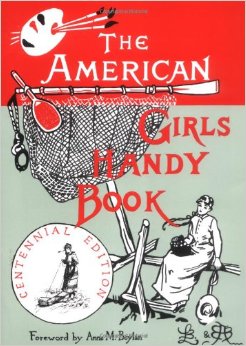

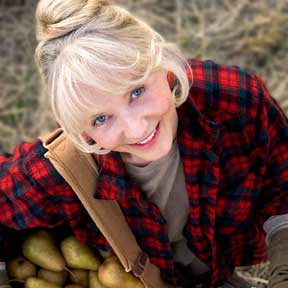
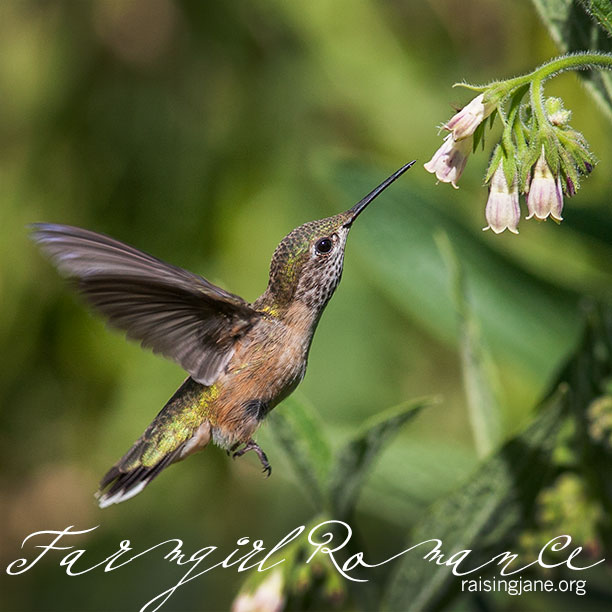

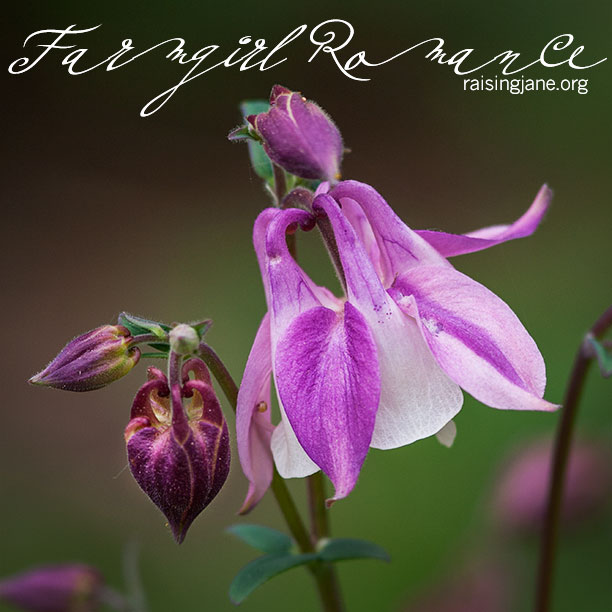

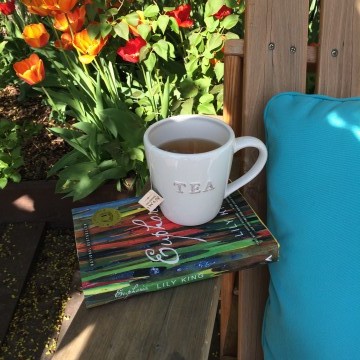

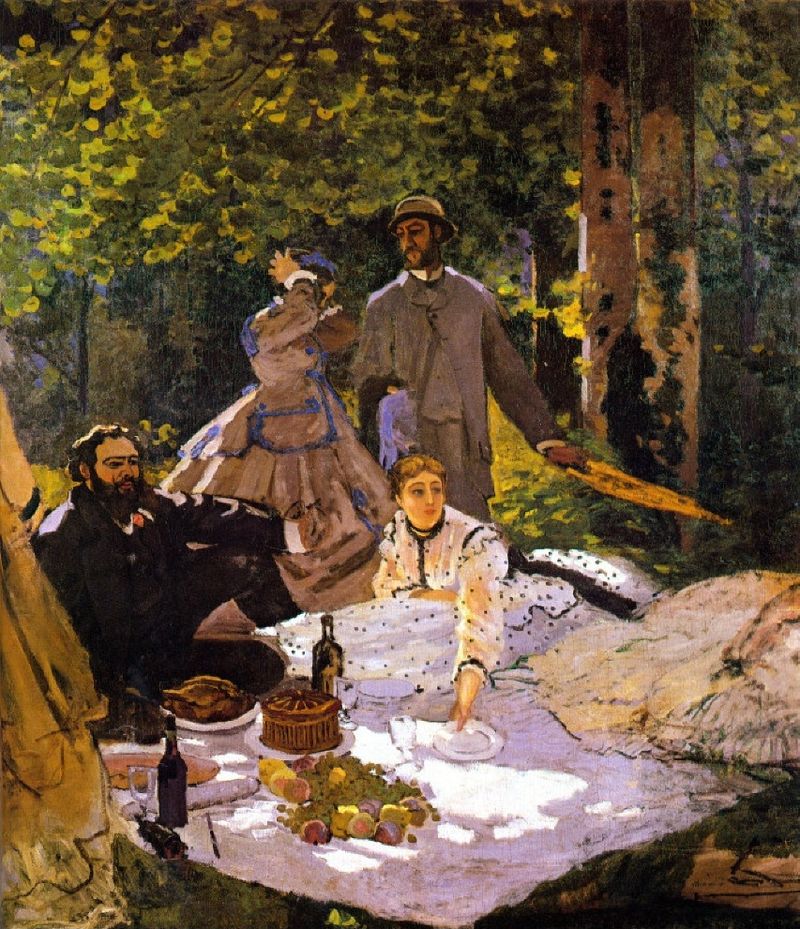

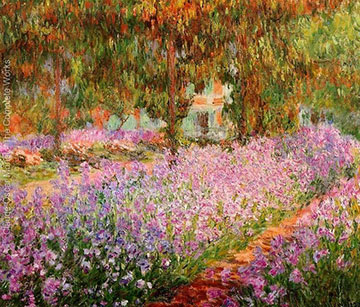
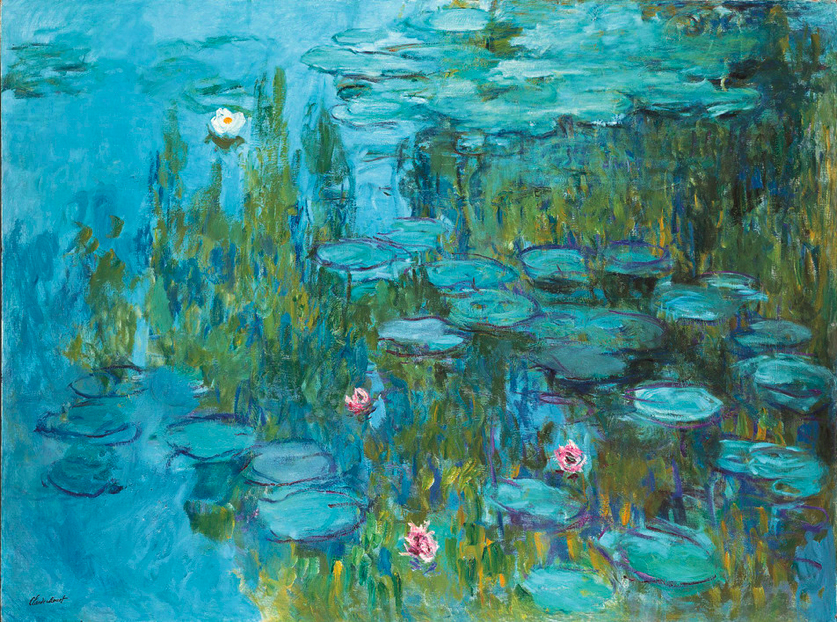


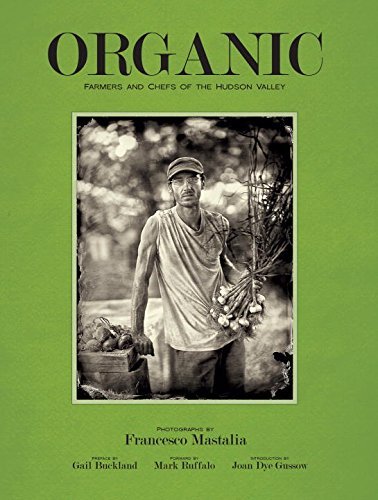
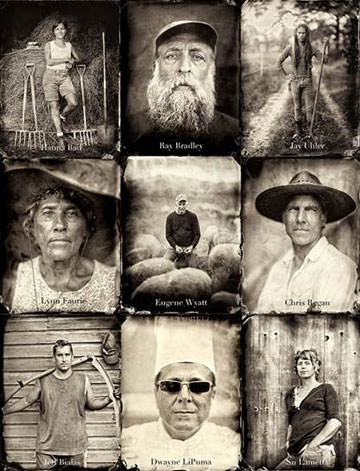


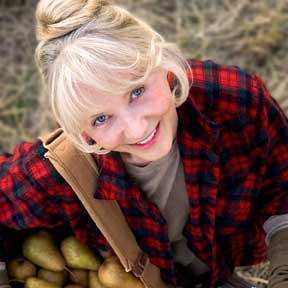


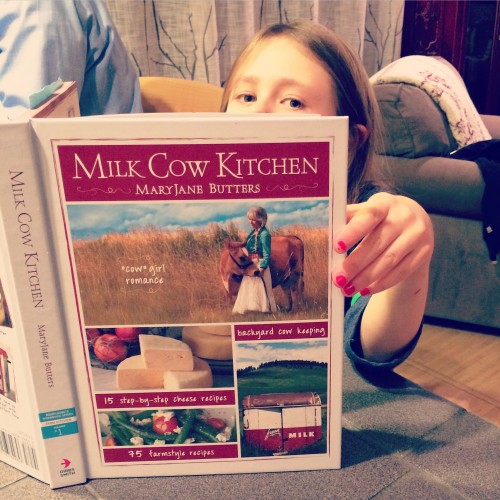







Oh my gosh, that is such a beautiful view!! It just makes me want to sit by a wood stove and keep working on my list of knitting projects due for Christmas!
oh….this is beautiful! No snow here yet in Western Pa., but our frosts have been so heavy our trees resemble the ones above in your photo…so pretty…the cardinals show up nicely on those trees….
No snow here in Central PA and it ia rainy and dreary. No pretty frosts, either. Guess it will come when it will: a lesson in patience.
Can you tell us more about this? I’d care to find out some additional information.